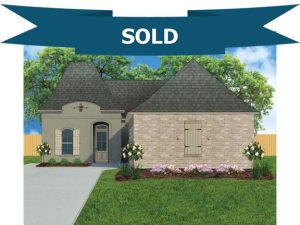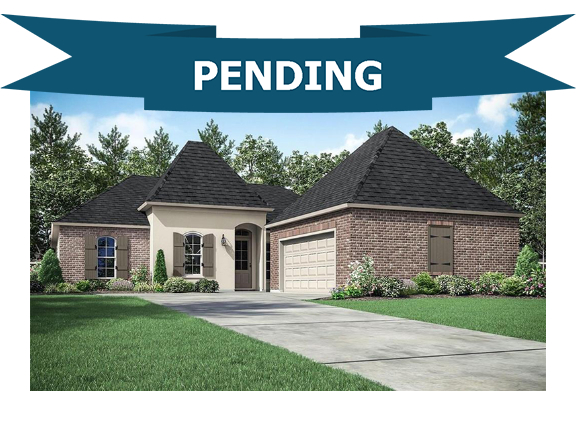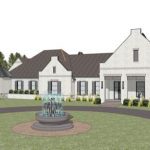Home Construction Up in Small Metro Suburbs
 While the novel coronavirus has wreaked havoc in current times, the housing industry has stayed steady and growing even stronger in Q2 2020. The National Association of Home Building Geography Index (HGBI) reports a suburban shift for residential construction in the second quarter.
While the novel coronavirus has wreaked havoc in current times, the housing industry has stayed steady and growing even stronger in Q2 2020. The National Association of Home Building Geography Index (HGBI) reports a suburban shift for residential construction in the second quarter.
The HGBI data shows that the only region showing a gain for single-family homes in the second quarter was small metro suburbs. This shift in residential construction could be a result of homebuyers’ fears from COVID-19.
Large metro areas are at a higher risk from the health crisis COVID-19 has caused. It is harder to social distance in crowded cities and prospective home buyers want less densely populated areas. According to the HGBI, 55% of the U.S. population live in what are considered large metro areas.
The large metro areas make up a small area of the country at about 8.2% of all land in the U.S. Low-density areas make up just under 92% of a U.S. land. In fact, 45% of the U.S. population live in low-density areas.
The map shown shows the growth in the lower density areas. This growth represents half of all single-family construction on a four-quarter moving-average year-over-year basis.
HGBI defines small metro suburbs as remote counties of areas with less than one million in population. Small towns were up 9.3%, small core areas were up 7.5% and exurbs were up 5.6% on a four-quarter moving average basis.
There was also an increase in the market share for single-family construction in low-density areas. These areas which include small metro core and suburbs, small towns and rural markets saw a 48.4% increase. This marked the biggest increase in the history of the HBGI surveyed quarters.
Click Here For the Source of the Information.




